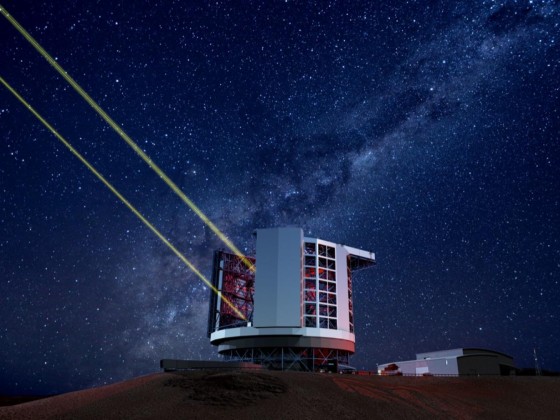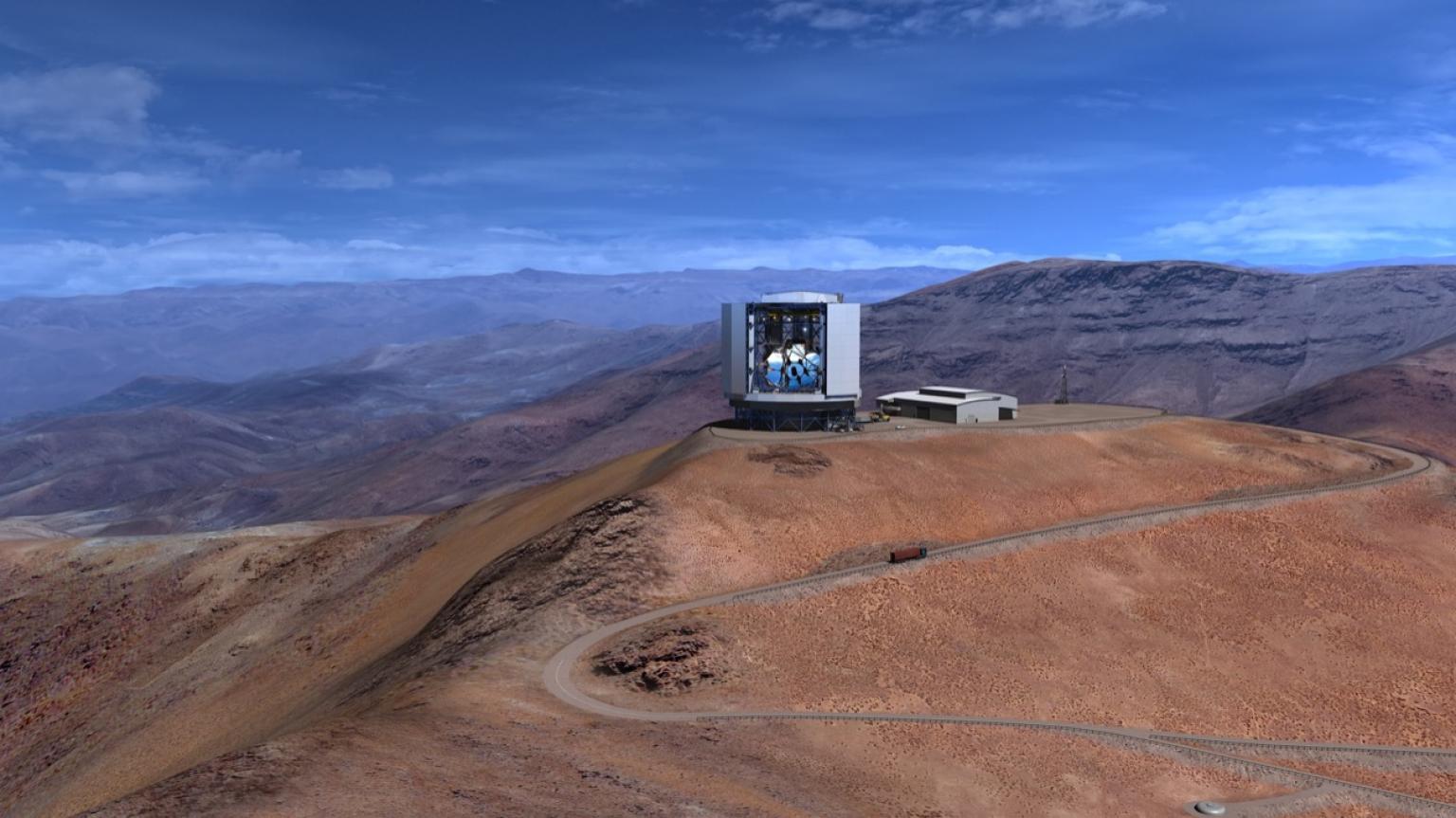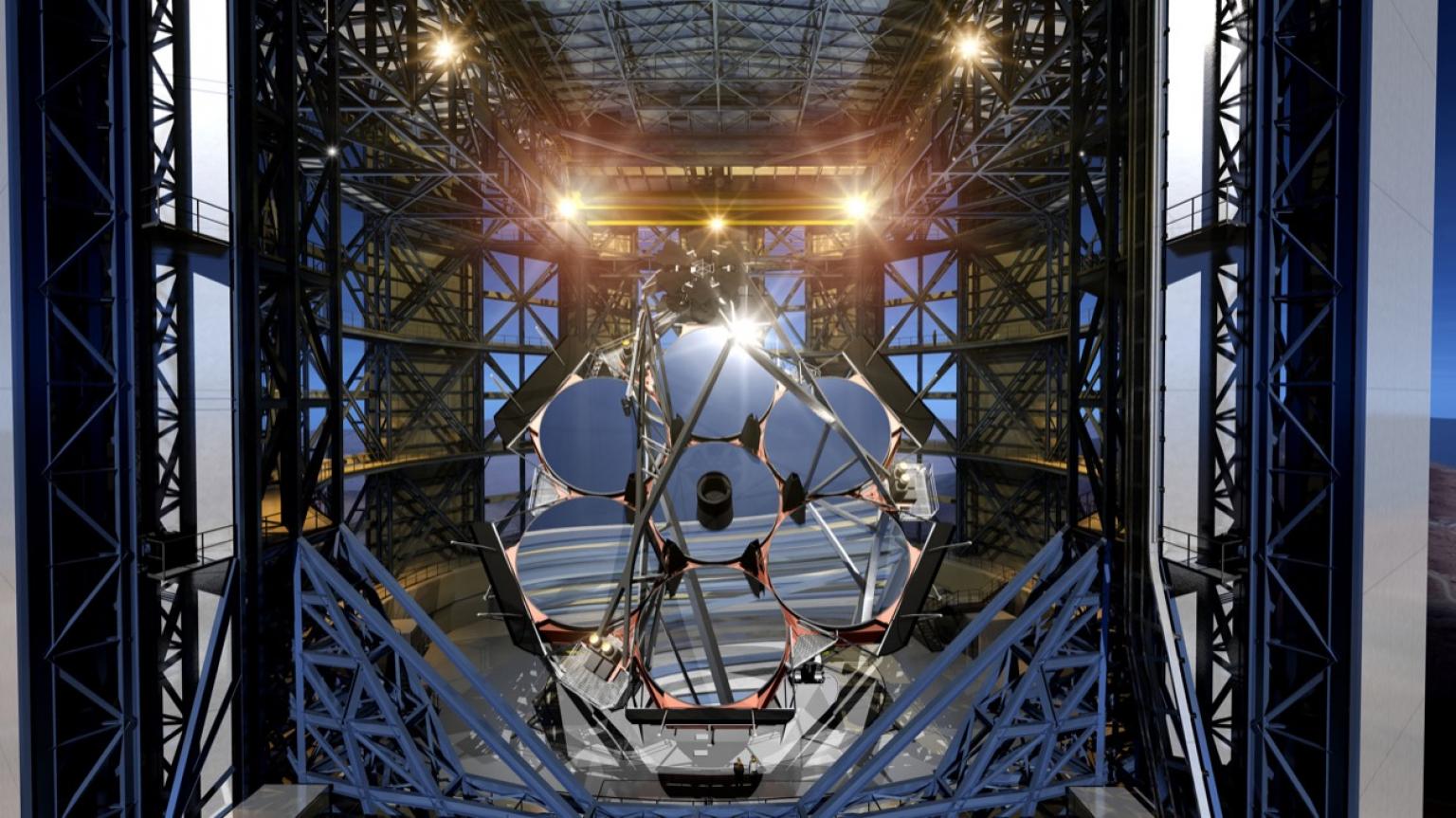On a remote hilltop 8,000 feet above sea level in Chile’s Atacama Desert, scientists hope to answer one of the most fundamental questions facing humankind: Is there life elsewhere in the universe?
That’s one of various goals of the Giant Magellan Telescope, or GMT, now in the early stages of construction and scheduled to start scanning outer space in 2021. Once it does, it’s expected to offer views of the farthest depths of the universe ever achieved.


